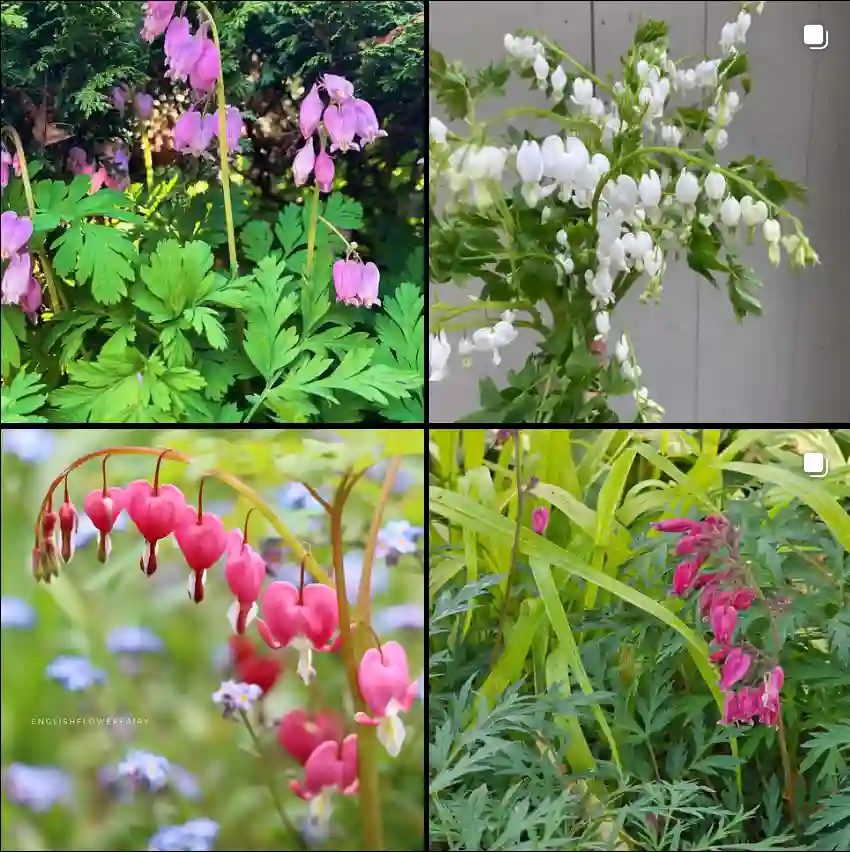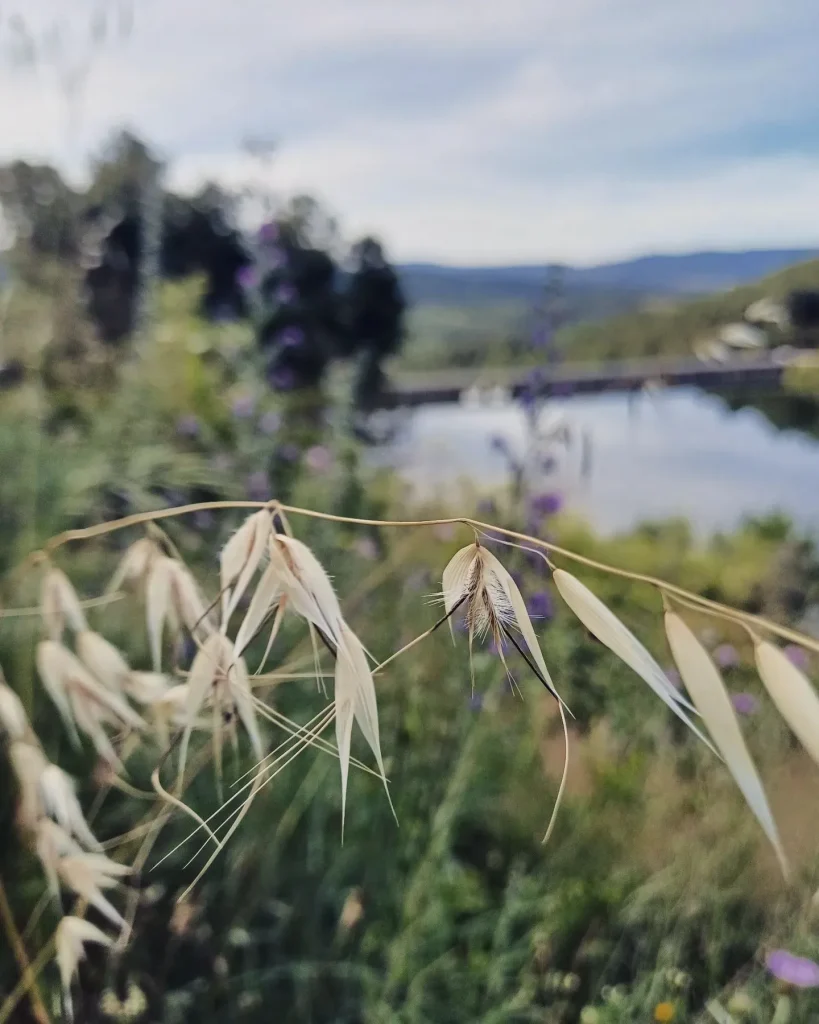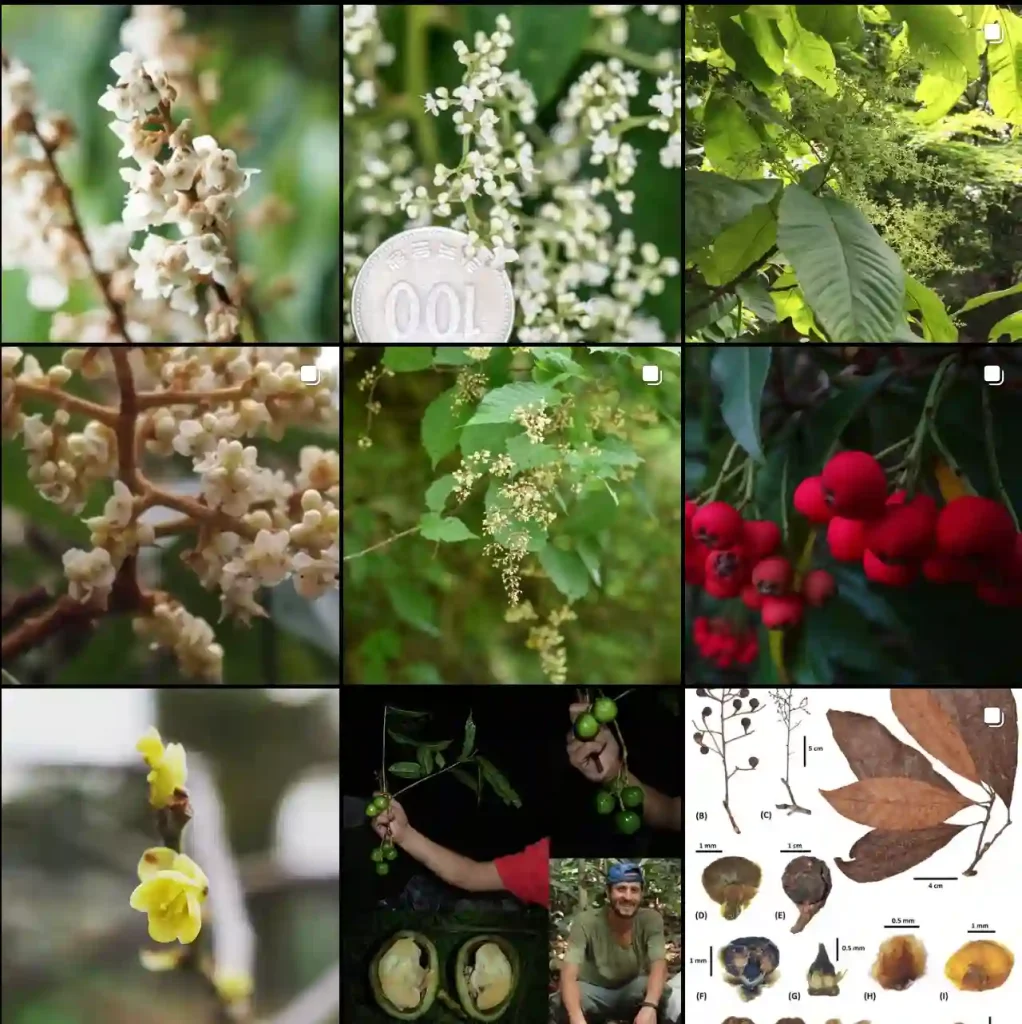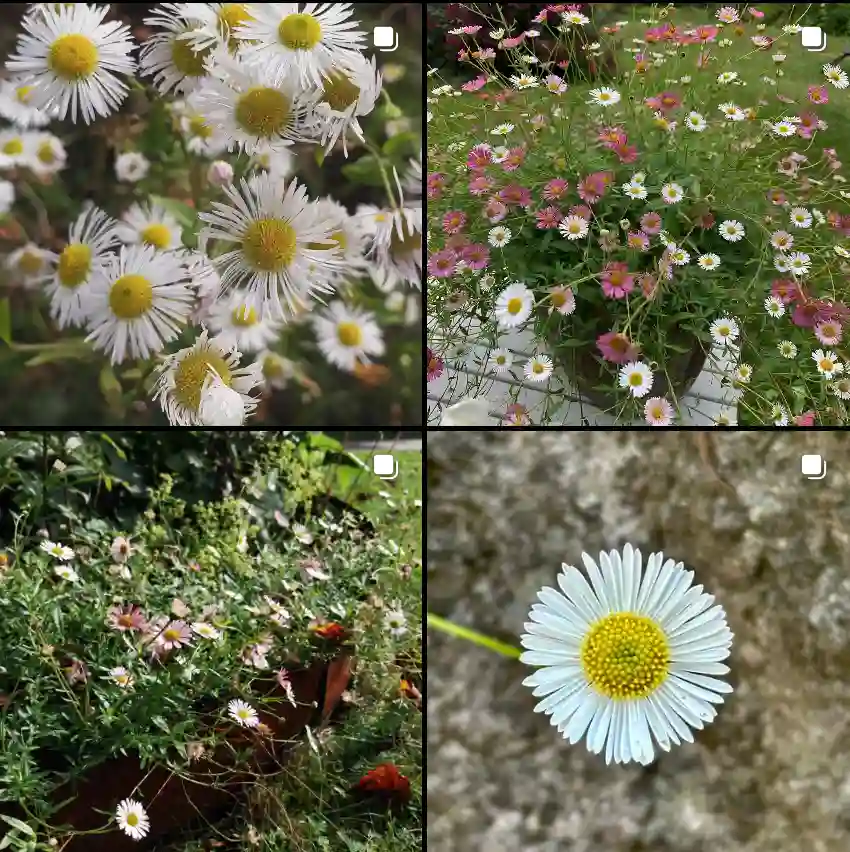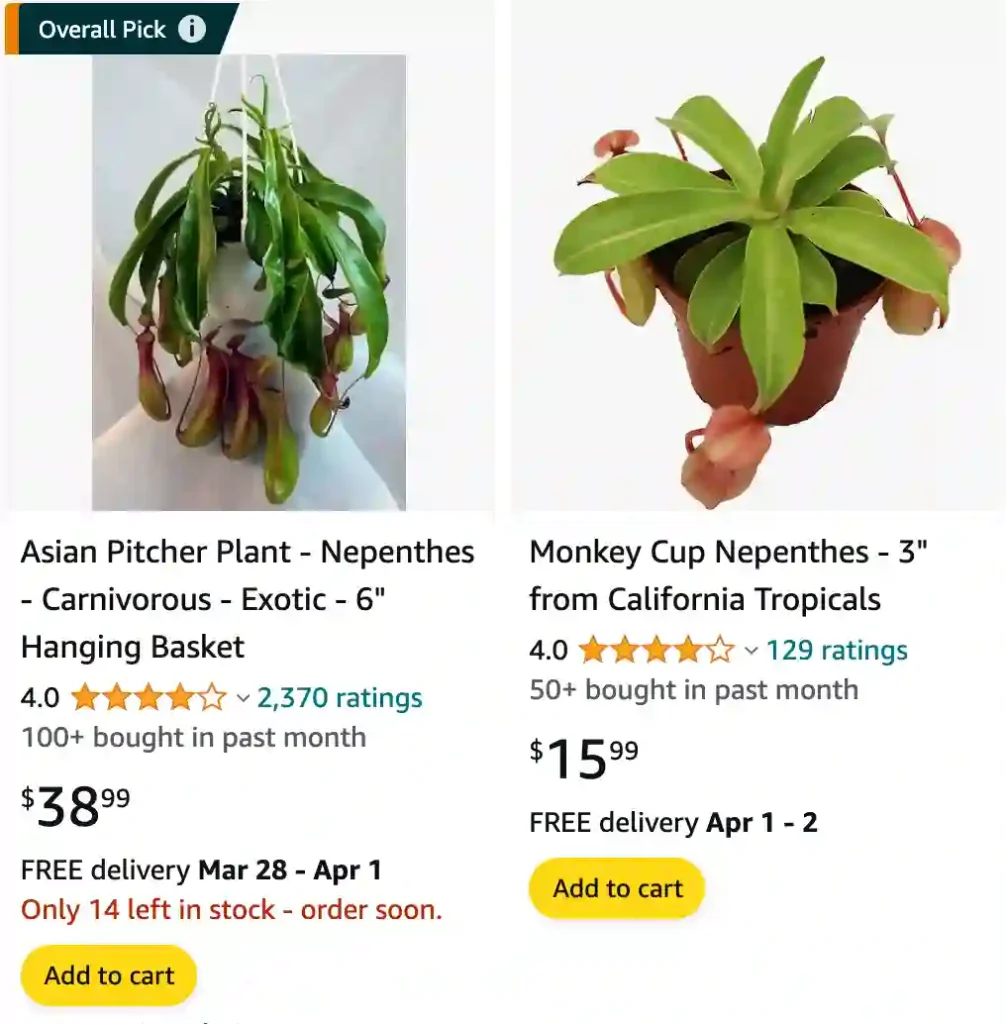
Nepenthes Diabolica: A Carnivorous Challenge for the Dedicated Grower
Hi there, Ferb Vu here. I’m a passionate carnivorous plant enthusiast, and today, I want to delve into the fascinating world of Nepenthes Diabolica. This stunning pitcher plant, with its devilishly named moniker, is a challenge to cultivate, but its beauty and unique characteristics make it a coveted prize for collectors.
Plant Family: Nepenthaceae – 207 Species in Genus Nepenthes
What is Nepenthes Diabolica?
Discovered in the mountainous regions of Central Sulawesi, Indonesia, Nepenthes Diabolica thrives at high elevations (around 2200-2300 meters). This “ultrahighland” Nepenthes is known for its exceptional features:
- Exquisite Pitchers: The most striking aspect of Nepenthes Diabolica is its captivating pitchers. These modified leaves transform into elaborate traps, luring unsuspecting prey with vibrant colors and sweet-smelling nectar. The lower pitchers often boast a striking red hue, while the upper ones can be green or yellow.
- Shaggy Indumentum: One of the defining characteristics of Nepenthes Diabolica is its dense covering of fine hairs, aptly called an indumentum. This “shaggy” coat gives the pitchers a fuzzy appearance and may play a role in attracting prey and retaining moisture.
- Elaborate Peristome: The peristome refers to the rim of the pitcher. In Nepenthes Diabolica, the peristome is exceptionally well-developed, with prominent teeth that resemble fangs. This intricate structure likely aids in preventing prey escape and guiding them towards the digestive fluids within the pitcher.
Nepenthes Diabolica vs. Nepenthes Hamata
Nepenthes Diabolica is often compared to its close relative, Nepenthes Hamata. Both share a similar high-altitude habitat in Sulawesi and possess elaborately fringed peristomes. However, there are key distinctions:
- Indumentum: Nepenthes Hamata typically has a sparser indumentum compared to the luxuriously hairy Nepenthes Diabolica.
- Pitcher Coloration: Nepenthes Hamata pitchers tend towards a more consistently green or yellow coloration, while Nepenthes Diabolica displays a wider range, including the dramatic red hues in the lower pitchers.
These subtle differences highlight the incredible diversity within the Nepenthes genus.
How to care for Nepenthes Diabolica?
Nepenthes Diabolica is considered a challenging plant to cultivate. Its “ultrahighland” nature necessitates specific conditions to thrive:
- Cool Temperatures: Nepenthes Diabolica requires consistently cool temperatures, ideally ranging from 50-65°F (10-18°C) at night and slightly warmer during the day. Maintaining such cool temperatures can be challenging in most indoor environments.
- High Humidity: This highland Nepenthes prefers high humidity levels, ideally around 80% or higher. Terrariums or specialized growing chambers are often necessary to achieve this level of humidity.
- Bright, Indirect Light: While Nepenthes Diabolica needs bright light, it should be indirect. Direct sunlight can scorch the leaves and pitchers.
- Watering and Drainage: Use distilled water or rainwater to avoid mineral build-up. The potting medium should drain exceptionally well to prevent root rot.
For the dedicated grower willing to create these specific conditions, Nepenthes Diabolica offers a rewarding experience. Witnessing its captivating pitchers develop and function as insect traps is a true marvel of the carnivorous plant world.
Additional Tips for Nepenthes Diabolica Success
- Potting Medium: A well-draining, airy mix is crucial. Sphagnum moss, perlite, and orchid bark are popular choices.
- Feeding: While Nepenthes Diabolica can obtain some nutrients from prey capture, occasional feeding with diluted orchid fertilizer or crushed bloodworms can be beneficial.
- Acclimatization: If you purchase a Nepenthes Diabolica, allow it ample time to adjust to your growing conditions before making any significant changes.
By understanding the unique needs of Nepenthes Diabolica and providing the right environment, you can cultivate this captivating carnivorous plant and witness its otherworldly beauty firsthand.
Remember: Patience, research, and dedication are key to successfully growing this challenging but rewarding Nepenthes. Happy carnivorous gardening!
If i die, water my plants!
